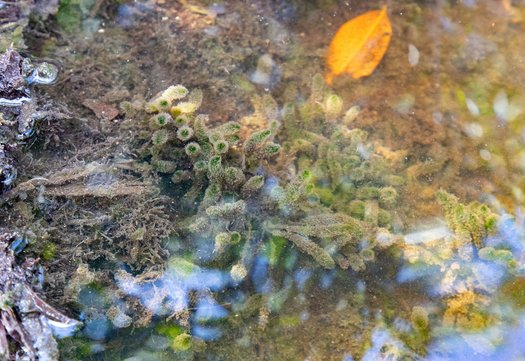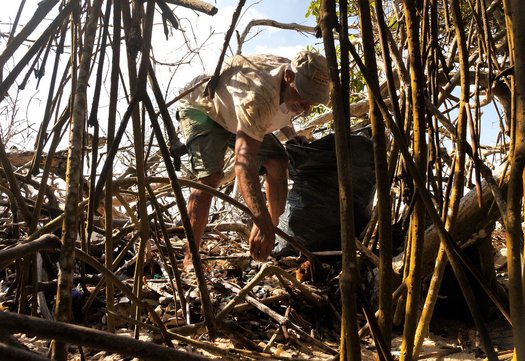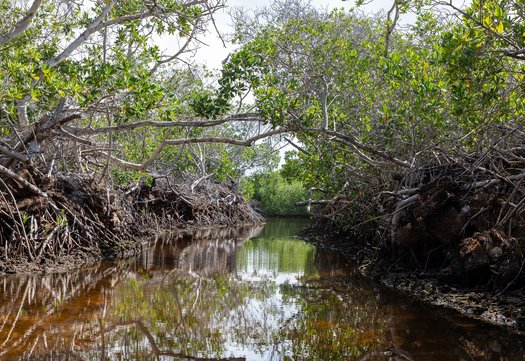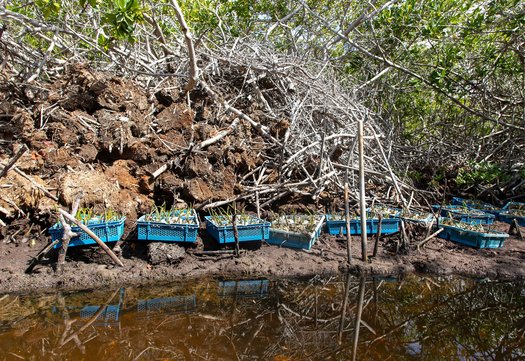Mangrove Restoration at Lac Bay
Water flows. Roots grow. Life returns.
Knee-deep in soft mud, shovel in hand, sunlight glinting off newly opened water channels—this is where restoration begins. Not long ago, these shores were lined with dying roots and silent waters.
For years, Lac Bay’s mangroves had been suffocating. Silt clogged the waterways, blocking the salty flow they depend on. Young trees withered. Fish nurseries emptied.
Now, with grit and teamwork, Internos and the Mangrove Maniacs are reversing the damage. They’re cutting new channels, reopening old ones, and planting thousands of young mangroves by hand. Every tree planted is a step toward a living coastline.
“The areas where red mangroves had died are coming back,” says Sabine Engel of the Mangrove Maniacs. “The fish are returning. We can see the impact with our own eyes.”
Why these roots matter
Mangroves are more than trees—they’re a living shield. They protect Bonaire from storms and erosion, store carbon, and give shelter to fish, crabs, and birds. But without water movement, the forest chokes. This work keeps the lifeline open and the ecosystem thriving.
Restoration, one shovel at a time
Following Bonaire’s mangrove restoration plan, the team mapped priority zones. More than 3.8 kilometers of waterways have been cleared so water can move freely again.
Most of the work happens by hand, with local and visiting volunteers planting over 3,700 mangroves in vulnerable spots. Along the way, the team works closely with nature managers, government agencies, and experts to make sure each step matches the bay’s needs. “You’re standing there in the mud with a shovel and a tree,” one volunteer says, smiling. “And you know—this will be a living forest again.”
The change you can see
Channels are open. Mangroves are sprouting. Fish are finding their nurseries again. Birds are returning to feed and nest. The project is restoring more than an ecosystem—it’s restoring the bond between people and the coast that protects them.






